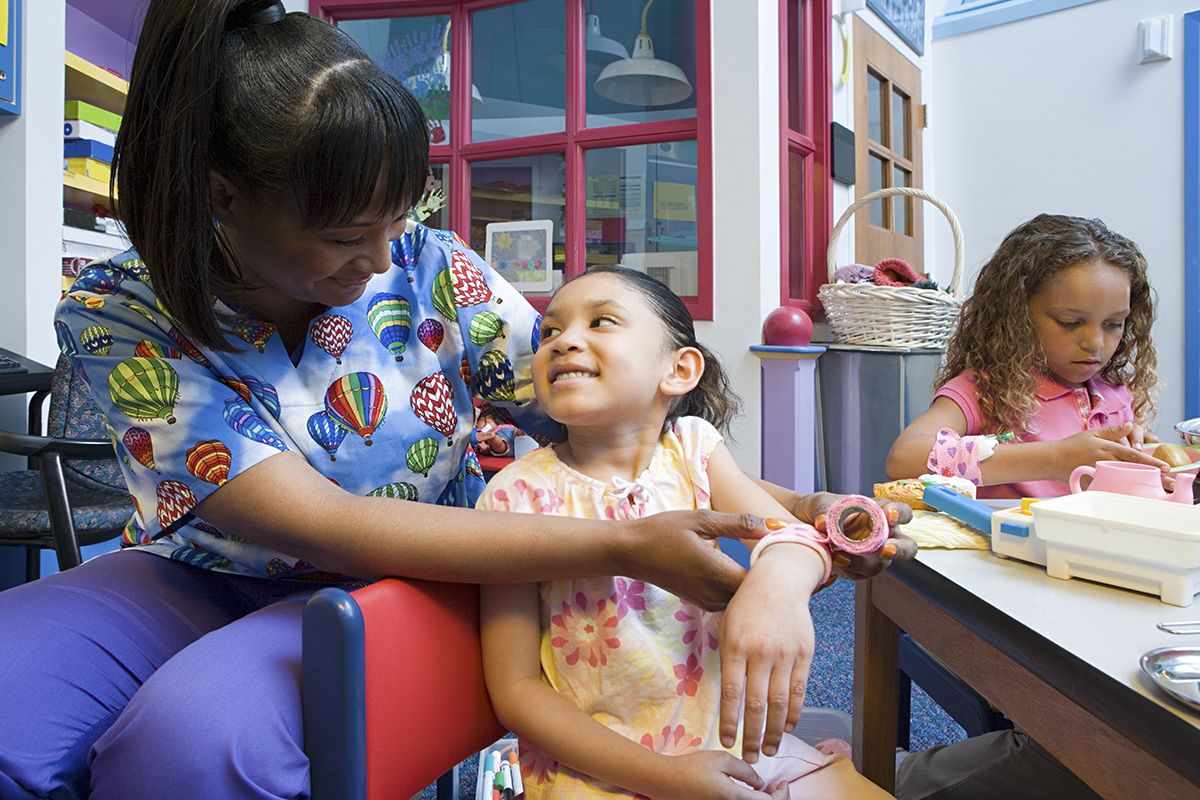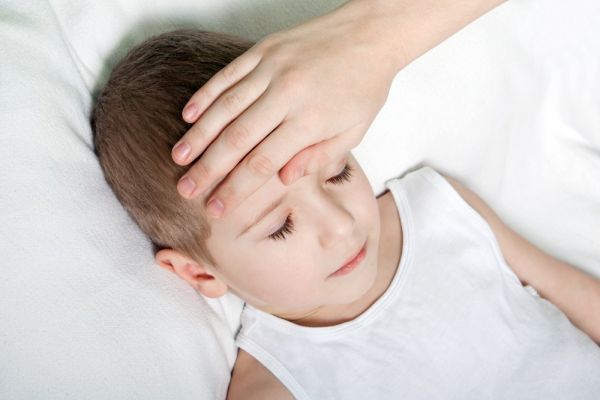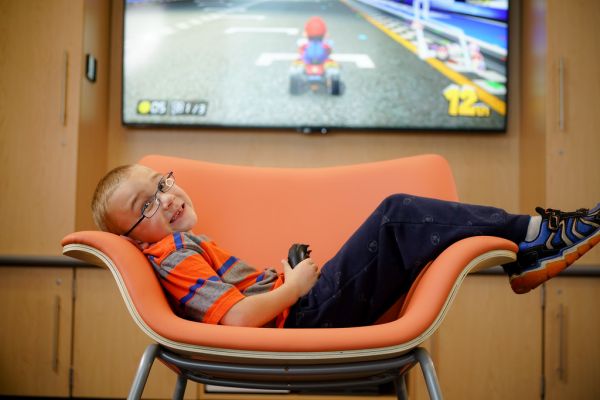Let’s start with the good news.
Childhood cancer is rare, and success rates for recovery are high. According to the American Cancer Society, childhood cancers make up less than 1 percent of all cancers diagnosed each year. And thanks to medical advances in recent decades, more than 80 percent of children with cancer now survive 5 years or more — a significant increase from the mid-1970s, when the 5-year survival rate was about 58 percent.
But childhood cancer rates have been rising slightly. In the United States, 10,380 children under the age of 15 were diagnosed in 2016. And there are still a lot of unknowns about why children get cancer.
“We really don’t have specific answers for why children get cancer or how to prevent most childhood cancers,” says Dr. Kara Kelly, Chair of the Department of Pediatric Oncology at Roswell Park. “The types of cancers that occur most often in children are different from those seen in adults, and the major risk factors that cause cancer in adults — including smoking, environmental causes and obesity — aren’t risk factors for children.”
Dr. Kelly is part of a team of specialists at Roswell Park who dedicate their careers to the care of children.
“Cancer symptoms in children can be very similar to symptoms that occur with other childhood illnesses,” says Dr. Kelly. “Parents need to watch for unusual signs or persistent symptoms that don’t go away after treatment and time. If your child has unexplained lumps or swelling, back pain or headaches that don’t go away, unexplained vomiting, fever, weight loss, fatigue, bruising, rashes or changes in balance, vision or movement, and you’ve made multiple visits to their pediatrician, it might be time to ask your child’s doctor about seeing a specialist to investigate further.”
Never miss another Cancer Talk blog!
Sign up to receive our monthly Cancer Talk e-newsletter.
Sign up!Most Common Children’s Cancers
Leukemia (cancer of the bone marrow and blood)
Leukemia accounts for about 30 percent of all cancers in children, with most having acute lymphoblastic leukemia (ALL) and fewer having acute myeloid leukemia (AML). Symptoms may include bone and joint pain, fatigue, weakness, pale skin, bleeding or bruising, fever, weight loss and other symptoms.
Brain and central nervous system tumors
These cancers are the second most common, comprising about 26 percent of childhood cancers.
Neuroblastoma
These account for about 6 percent of childhood cancers and usually develop in infants and young children, starting early in nerve cells found in the developing embryo or fetus. Wilms tumor (a tumor that affects the kidneys) is most often found in children about 3-4 years old.
Lymphoma (Hodgkin and non-Hodgkin)
Lymphoma typically arises in the lymph nodes and can also affect the bone marrow and other organs. Symptoms can include weight loss, fever, sweats, fatigue, and swollen lymph nodes under the skin in the neck, armpit or groin.
Rhabdomyosarcoma
This type of cancer is the most common type of soft tissue sarcoma in children and makes up about 3 percent of childhood cancers. This type of cancer can start in any area of the body, including the head and neck, groin, abdomen, pelvis, or in an arm or leg.
Retinoblastoma (cancer of the eye)
It accounts for about 2 percent of childhood cancers. It usually occurs in children around the age of 2, and is seldom found in children older than 6. Retinoblastoma is often detected when a parent or doctor notices that a child’s eye looks unusual, especially in photos when a flash is used.
Bone cancer
Cancers that start in the bones occur most often in older children and teens, but they can develop at younger ages and account for about 3 percent of childhood cancers.
Childhood Cancer Prognosis
“Even though survival rates have improved, we are seeing a gradual increase in cancers for children,” says Dr. Kelly. “One reason may be that we’re detecting cancer earlier, especially for children who have certain inherited conditions, such as Down syndrome, which can increase the risk of leukemia. Children who have had organ transplants or past treatment with chemotherapy may also be at increased risk, and because we are monitoring their health more vigilantly, we tend to detect cancer at an earlier age.”
Early detection, combined with reducing the toxicity of treatments to minimize side effects, is helping children with cancer experience better outcomes and higher survival rates. Treatment teams at Roswell Park include psychologists, social workers and integrative medicine practitioners for ongoing education and support to patients, families and other caregivers. Roswell Park also offers support such as interpreters to families who don’t speak English; nutrition counseling; therapy dogs to help improve morale and wellbeing; and a school outreach program to help young patients return to school with ease.
“Lifelong follow-up is critical for children who have had cancer,” says Dr. Kelly. “All too often we find that after a while, patients stop coming back for regular checkups. We liken it to a honeymoon period. Once children feel OK, they don’t understand how important it is for them to continue annual checkups with cancer specialists. We recommend lifelong annual checkups for survivors of childhood cancers to make sure that signs and symptoms of any recurrences or complications aren’t missed or mistakenly diagnosed as something else.”



